March 2019 – Denton County
Spring is in the air, and the warmer weather is promoting some odd critter congregations. I offer as a case in point this reedy waterway just slightly off the beaten path in residential Denton County.
I stopped by this small cattail-ringed lake one sunny afternoon in late March. The first oddity that caught my eye was this tiny island, just off shore, with every available square inch covered by either deep-green reptilian scales or thick brown fur–Red-eared Sliders and Nutria basking in the warm sun.

Red-eared Sliders are perhaps the most common aquatic turtle in all of North Texas. In the metroplex, they can be found almost anywhere there is water. Ponds, lakes, creeks, rivers, marshes, drainage ditches… It doesn’t matter. If it has water, Red-eared Sliders can make it a home.

Nutria–also known as Coypu–are thought of as an invasive species, but make no mistake, they are here to stay. They thrive in waterways well stocked in cattail reeds. Nutria make their living gorging on the edible parts of this versatile plant. In a pond like this one their numbers can swell.


Gorging on cattail reeds and roots

Notice the Coypu’s sharp incisors. Perfect for cutting and stripping reeds

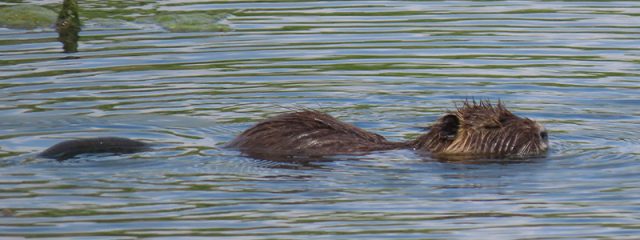
All over the pond I found Nutria and sliders basking together. At times there might be some jostling, causing one or more of the parties involved to ditch into the water. But this state of events was only temporary. The odd congregations would always re-form in short order.
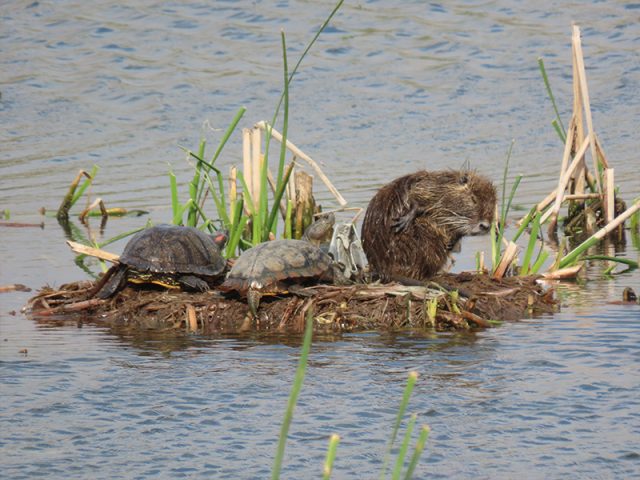



Other denizens of this pond include American Coots and Blue-winged Teal. These disparate species of waterfowl were foraging in the shallows as a group. They stayed together with much dedication as they patrolled the reed beds.
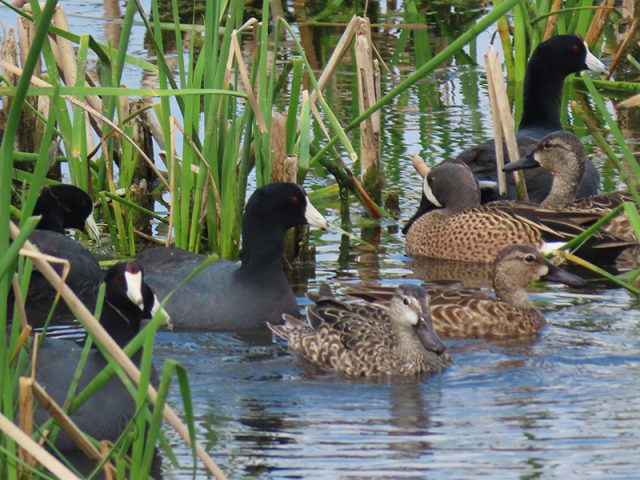
Blue-wing Teal are most common in the metroplex during their seasonal migrations. Their numbers in our area increase significantly in the early fall and late spring.
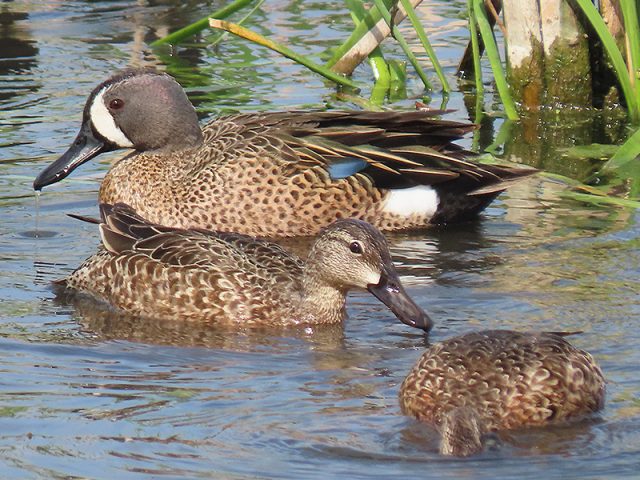

Teal are examples of a family of waterfowl known as dabbling ducks. The name that refers to the way these bird feed. Dabblers feed from the water’s surface by tilting their head and upper body into the water. They eat whatever plant material or aquatic invertebrates they can reach without having to submerge.
American Coots are not ducks, despite their superficial similarities. These birds are members of the Rallidae family, closely related to rails and gallinules. They have many adaptations for aquatic living that resemble those of ducks, but if you look closely the differences are not hard to see. American Coots have beaks rather than bills, for instance.
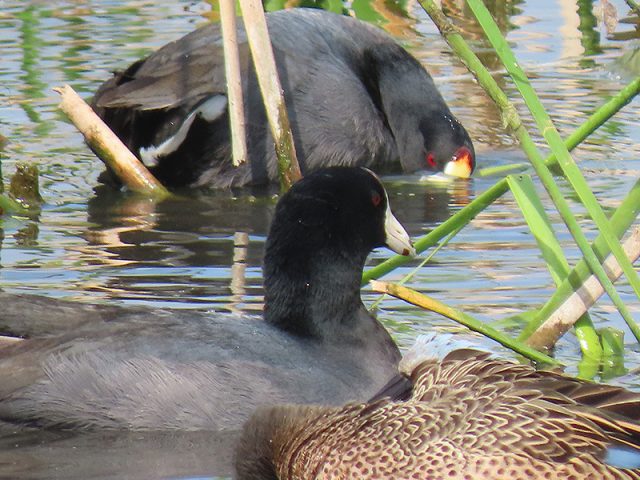
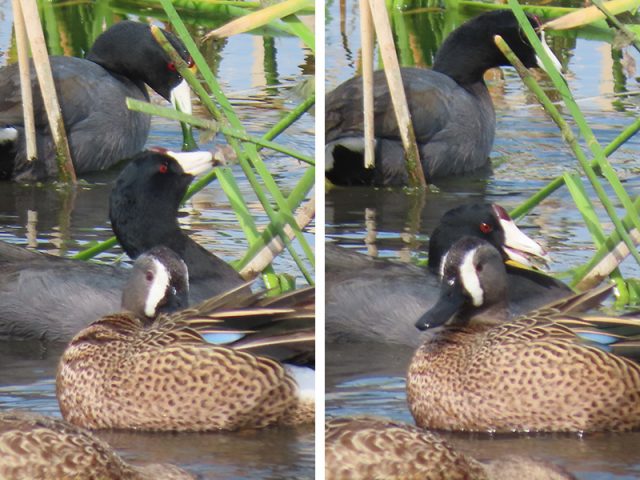
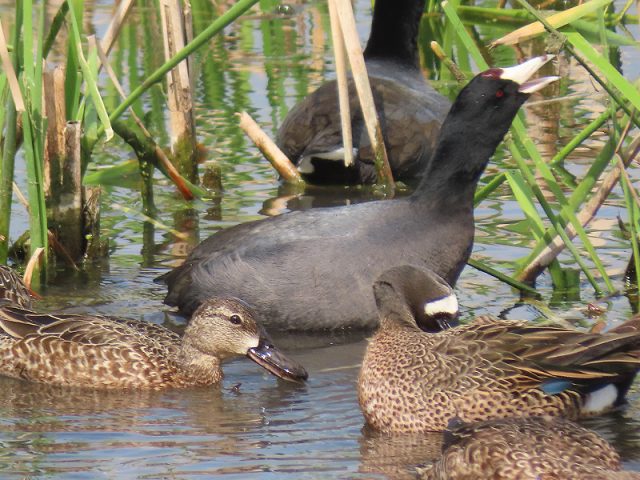
Perhaps the most striking difference between ducks and coots is the way their feet are adapted to the task of aquatic locomotion. Ducks, like the Blue Teal above, have webbed feet, with a thin sheet of tissue stretched between their toes. Perfect for padding through water.
American Coots also need to propel themselves through the water by paddling their feet, but instead of webbing, their toes are equipped with a series of lobes that can be spread out while swimming to better engage the water. Out of the water, the lobes fold back to better facilitate walking on dry land.

A few other birds were present as well. A handsome Great Egret, complete with the vivid green lores of breeding season, patrolled the far corners of the marsh. And high above it all, perched on a transmission tower, was a large female Red-tailed Hawk. There was a lot going on down below to keep her attention focused.
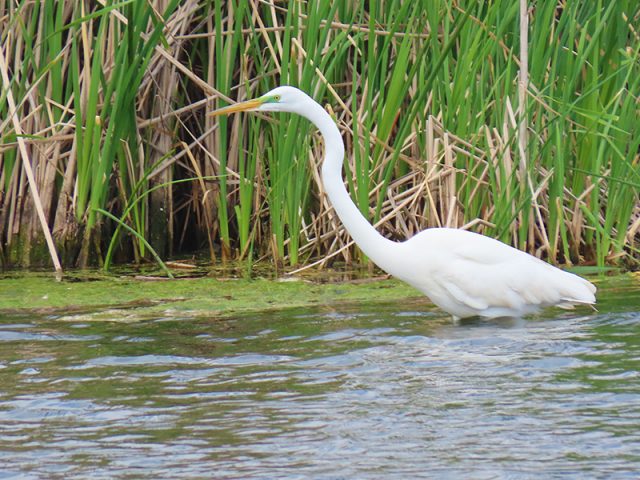

Meanwhile, the coots and teals did their best to share the shallows with the pond’s many nutria. They even fed side by side with some of the younger Coypu. The juvenile Nutria were of no concern to the birds.
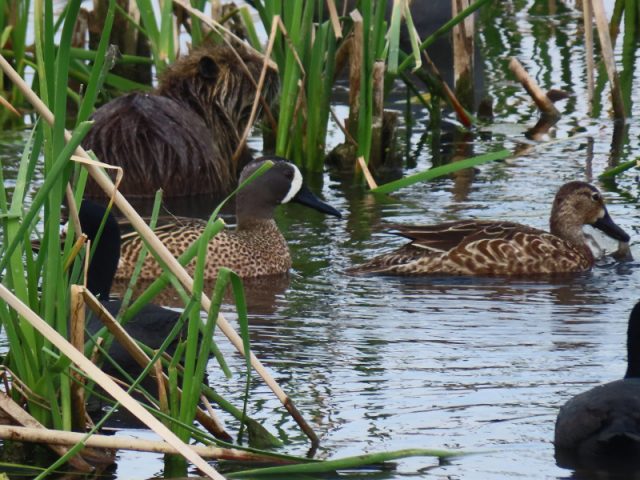

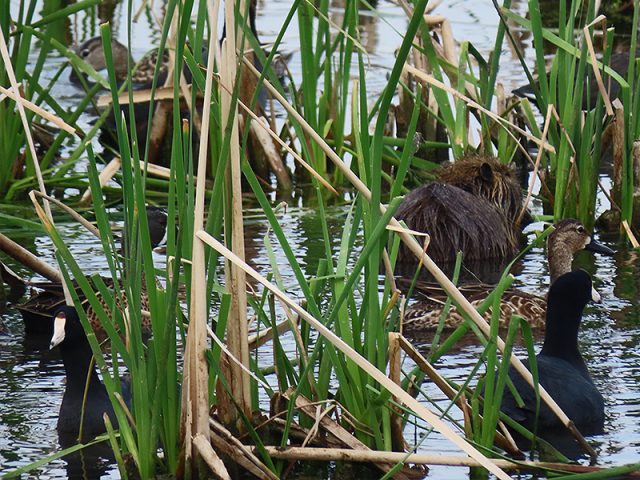
But the big male Nutrias were in this pond were a different story. They were pretty worked up on this morning, and decidedly disagreeable. When these agitated rodents came swimming by, the ducks and coots did their best to move out of the way.


I watched one big male Nutria–fueled by springtime hormones as he was— make his way around and around this small pond. He bounced the water fowl congregation more than once, and pursued every female nutria he encountered. But the girls were having none of it. They were not impressed. This Leisure Suit Larry was striking out big time.


His frustration was palpable. At rejection number: one-too-many, the poor guy red lined–he reached his limits, and it was these hapless Red-eared Sliders that paid the price.

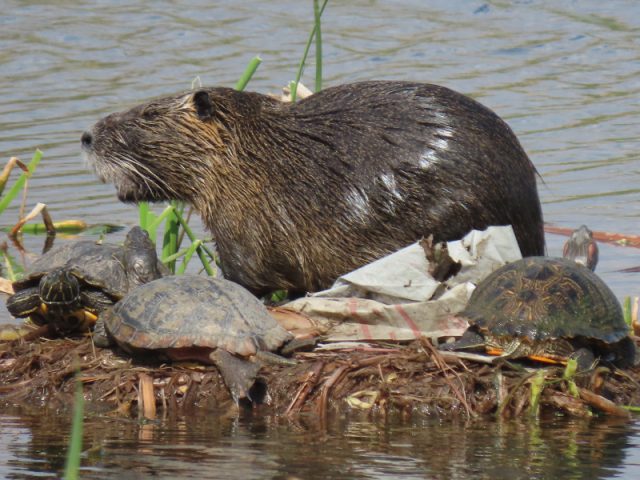

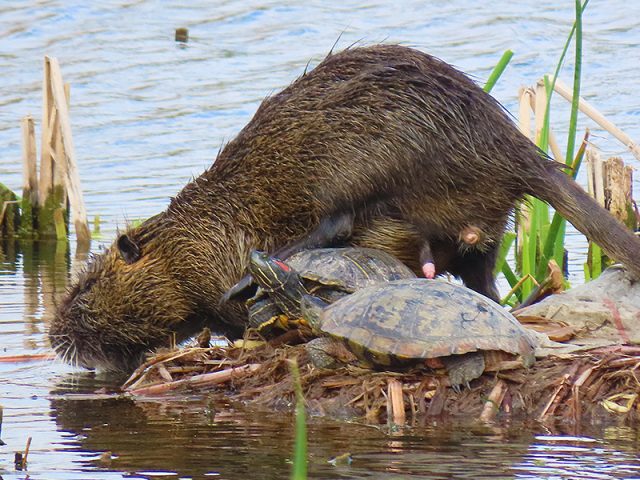
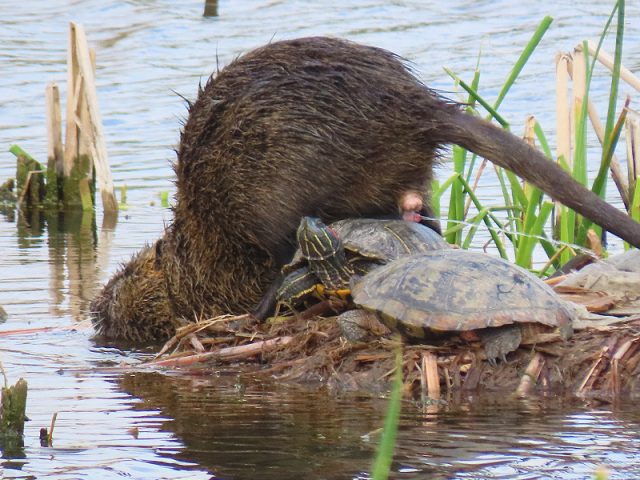
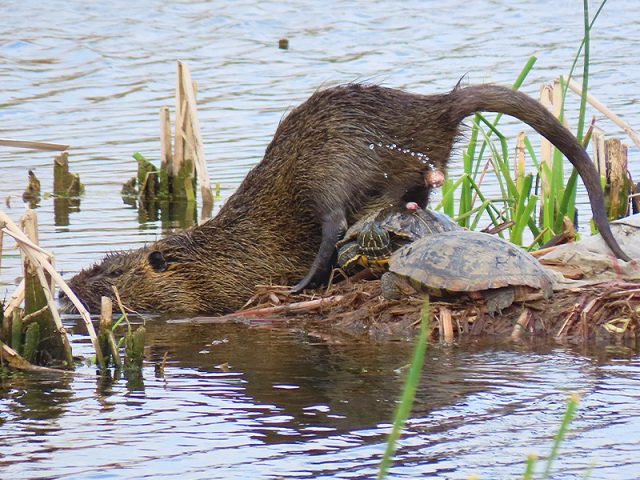

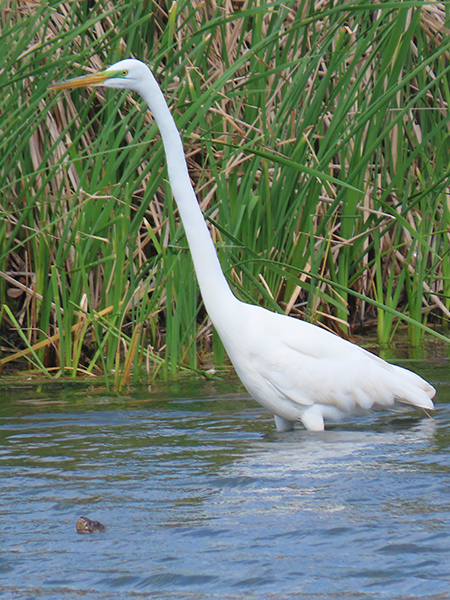


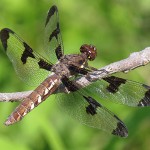
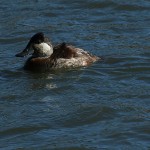
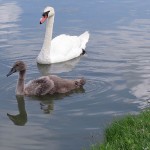

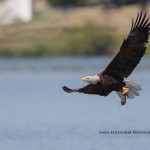
He was a little overwrought, wasn’t he? Ha!